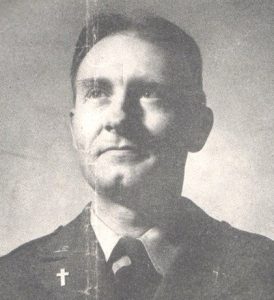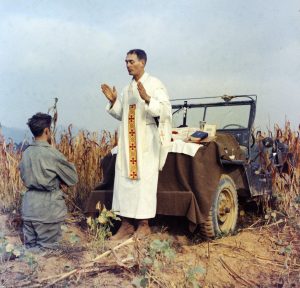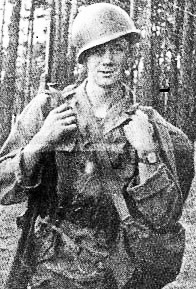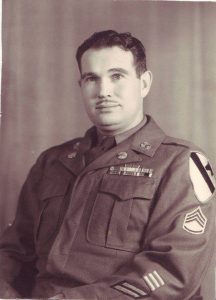
Richard Alvin Bryan, age 18, from Norfolk, Virginia, Norfolk county.
Parents: George S. Bryan (preceded in death) and Gatewood T. Bryan
Service era: Korea
Date of death: Saturday, June 30, 1951
Death details: During the last week of October 1950, Republic of Korea (ROK) Army forces under the control of the U.S. Eighth Army were advancing deep in North Korean territory, approaching the Yalu River on the Chinese-Korean border. Chinese Communist Forces (CCF) struck back in a surprise attack, engaging the ROK 1st and 6th Divisions near Unsan, some sixty miles north of Pyongyang. The U.S. 1st Cavalry Division, with the 8th Cavalry Regiment in the lead, was rushed forward to reinforce the ROK units in the Unsan area. On November 1, the regiment’s 1st Battalion took up positions north of Unsan, while the 2nd Battalion moved to guard the Nammyon River valley west of town, and the 3rd Battalion was placed in reserve at the valley’s southern end. Corporal Richard A. Bryan, who joined the U.S. Army from Virginia, was a member of Company G of the 2nd Battalion, 8th Cavalry Regiment, 1st Cavalry Division. On November 1, 1950, Company G was located west of Unsan with the 2nd Battalion when it came under intense rocket and mortar attack along with assaults from Chinese infantry. It was during these attacks that CPL Bryan went missing in combat. It was found out later from Prisoner of War (POW) repatriates returned after the ceasefire that he was taken prisoner and died in POW Camp 5 at Pyoktong. He was not identified among remains that North Korean officials returned to U.S. custody after the ceasefire. Today, Corporal Bryan is memorialized on the Courts of the Missing at the National Memorial Cemetery of the Pacific. His mother received the following letter from the Army: Information has been received from a recently repatriated soldier, who knew your son in a prison camp in North Korea, that your son died early in 1951, in Camp No. 5, Pyoktong, Korea, of the effects of malnutrition and disease. As the date of his death is not definitely known, it is determined to be June 30, 1951, because that is the latest date on which he can have been alive.”
Source: National Archives, Defense POW/MIA Accounting Agency, Norfolk Virginian Pilot (1953)





